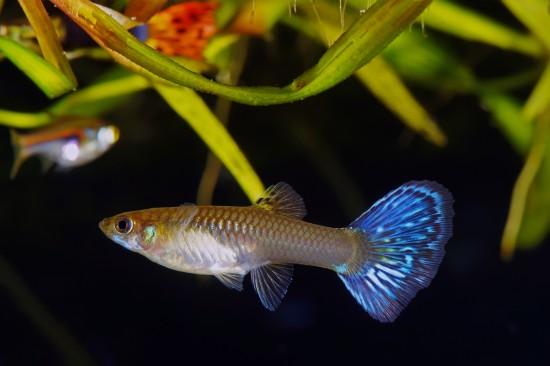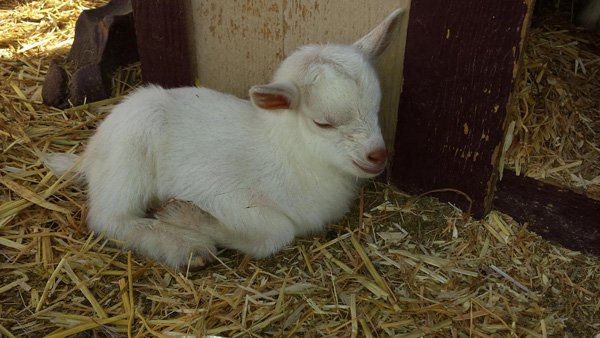How to manage Catfish
Catfish include the body of Siluridae, which is actually off springs of the Catfish. The European catfish, including the naked skinned fish is kin to the Asiatic group. The translucent layers of skin makes the Siluridae group one of the less desired aquarium fish. Next to the Siluridae is the group of Glass Catfish, which are listed under the Kryptopterus Bicirrhis group. The fish derived from the Greater Sunda Islands, as well as from the lands of India. This group of catfish grow 3 ½ inches in size, and appear as powerfuly pressed translucent fish with glass-like bodies. The anal fins have an extended baseline. The upper jaw line has a pair of whiskers, otherwise known as barbel.
The Glass Catfish are best suited with its own kin. The fish tends to stand off into the background, lurking the tank. Catfish will eat from top layers of the water, and will feast on living foods. This particular fish has not been bred while in captivity, and its breed does not have a particular or preferred water condition. Kin to the Glass Catfish is the Mockokidae. Mockokidae derive from African waters. The naked Mockokidae, as well as many other catfish are helpful fish, since these fish feed off biochemicals, which makes these fish scavengers.
The fish will eat other dead fish, as well as decomposed macrobiotic bodies. In addition, catfish are responsible for maintaining tank photosynthetic organisms, known as algae.
Catfish are composed of bones, rather than cartilages. As well, catfish have distinctive fins, which differ from that of the flesh-like fins that include bones. Catfish in summary are catfish do not have scales, yet the fish have whiskers. Catfish whiskers are sensitive to the touch, which includes smell and taste. Catfish is listed in the Siluriformes, Osteichthyidae, and the Acetinopterygii categories.
The upside down Catfish listed in the Synodontis Nigriventris category comes from the lands of Belgian Congo. This particular species grows to 2 inches in size. The body of this fish is shaped like that of the Corydoras group. The lower section of the body located at the front has a dark shade, which is offset or reversed by lighter colors. This fish is a great choice of communal tank habitats. The catfish will help keep your tank clean as well, since he feeds off photosynthetic organisms, as well as live bait. The food is often extracted from leaves beneath the surface. Synodontis Nigriventris species did not have preferences in water condition. Malapteruridae is the kin to the Synodontis Nigriventris.
Electric Catfish come from the group of Malapterurus Electricus. The catfish grows 10 feet in natural waters, yet is only two feet in aquarium water. This catfish is found in various rivers and lakes around the Western and central areas of Africa. Electric Catfish has a body type shaped like a cylinder. The fish does not have dorsal fin, yet it makes up for the loss with hefty fatty adipose fin. Electric Catfish has electrical organs, which demands that this fish is placed in isolated interment. Like the electric eel, this catfish will produce a disturbing shock to those coming close. The shock however is less severe than that of the electric eel, yet more powerful than the Mormyridae shock.
How does this fish feed?
The electric catfish will eat meats, worms, and other fish smaller than his size, since he is an insatiable nighttime diner.
What is the Electric Catfishes' preferred water condition?
The catfish couldn't care less about water conditions, as long as he has water and plenty of food.

 The Afghan Hound And Cancer
The Afghan Hound
The Afghan Hound And Cancer
The Afghan Hound
 How What You Feed Your Dog Can Affect Their Temperament And Personality
How What You Feed
How What You Feed Your Dog Can Affect Their Temperament And Personality
How What You Feed
 Fish Breeding And Raising Fish Fry
Fish Breeding And
Fish Breeding And Raising Fish Fry
Fish Breeding And
 A Combo of Chicken Runs and Coops – The Best for Your Bird Friends
A Combo of Chicken Runs and Coops – The Best for Your Bird
A Combo of Chicken Runs and Coops – The Best for Your Bird Friends
A Combo of Chicken Runs and Coops – The Best for Your Bird
 The Chart Polski - The Polish Greyhound
The Chart Polski
The Chart Polski - The Polish Greyhound
The Chart Polski